Showing 81–96 of 106 results
-
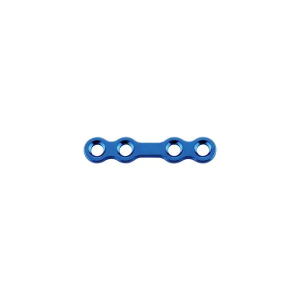
Maxillofacial Trauma Mini Straight Bridge Plate
Read moreApplication
Design for maxillofacial trauma fracture surgical treatment, used for nasal part, pars or bitalis, pars zygomatica, maxilla region, mandible (simple and stable trauma).
-

Maxillofacial Trauma Mini Straight Plate
Read moreApplication
Design for maxillofacial trauma fracture surgical treatment, used for nasal part, pars orbitalis, pars zygomatica, maxilla region.
-

Maxillofacial Trauma Mini Straight Plate
Read moreApplication
Design for maxillofacial trauma fracture surgical treatment, used for nasal part, pars or bitalis, pars zygomatica, maxilla region, mandible (simple and stable trauma).
-
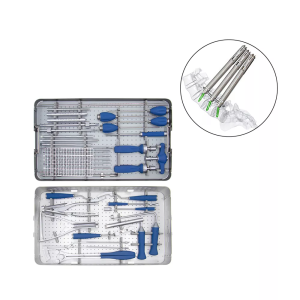
Minimally Invasive Pedical Screw Instrument Set
Read moreA minimally invasive pedicle screw instrument set is a collection of surgical tools and implants used for the placement of pedicle screws through a minimally invasive approach. These instrument sets are designed to minimize tissue disruption, reduce surgical time and blood loss, and accelerate patient recovery. They typically include specialized tools such as screwdrivers, cannulated drills, and navigational systems to aid in the precise placement of pedicle screws.
The instruments in the set may vary depending on the specific manufacturer and the surgeon’s preference. However, they generally include a range of screwdrivers and drill bits with varying lengths and diameters, as well as specialized cannulated instruments for tapping, insertion, and screw positioning.
-
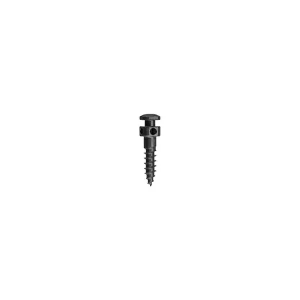
-
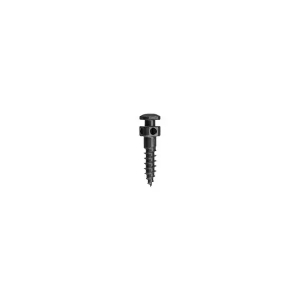
-
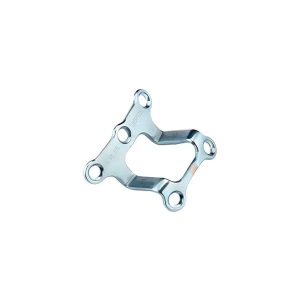
-
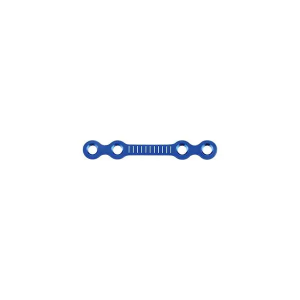
-
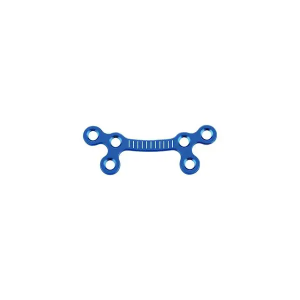
-
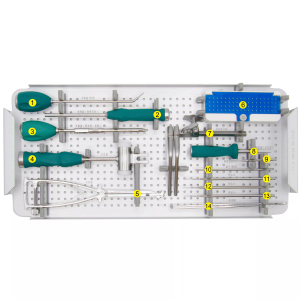
Peek Cervical Cage with Locking Screw Instrument Set
Read morePeek Cervical Cage with Locking Screw Instrument Set
A Peek Cervical Cage with Locking Screw Instrument Set is a collection of surgical instruments used for the implantation of a PEEK (polyether ether ketone) cervical cage with locking screws. The set typically includes a range of instruments such as retractors, forceps, drill bits, and screwdrivers that are used to access the cervical spine and prepare the vertebrae for the cage and screws.
The Peek Cervical Cage with Locking Screw Instrument Set is designed to facilitate a minimally invasive surgical approach and is used to treat a variety of cervical spine conditions such as degenerative disc disease, herniated discs, and spinal stenosis. The PEEK cage is inserted into the intervertebral space to help stabilize the spine and promote fusion between the vertebrae.
-
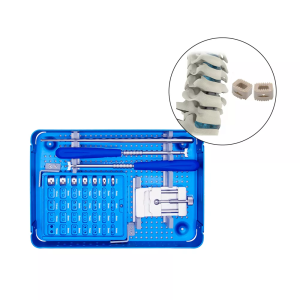
Peek Cervical Cage-I Instrument Set
Read morePeek Cervical Cage-I Instrument Set
A PEEK cervical cage instrument set is a collection of surgical instruments and tools used to implant a PEEK (polyetheretherketone) cage into the cervical spine during cervical fusion surgery. The instrument set typically includes a range of specialized tools, such as bone cutters, drill bits, and implant insertion instruments, designed to aid in the precise placement and secure fixation of the cage.
-
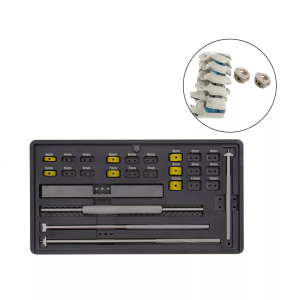
Peek Cervical Cage-II Instrument Set
Read morePeek Cervical Cage-II Instrument Set
The PEEK Cervical Cage-II Instrument Set is a collection of surgical instruments used to implant the PEEK Cervical Cage-II, a device used to treat cervical disc degeneration.
The instrument set typically includes a variety of tools such as bone punches, screwdrivers, awls, and trial implants that are designed to aid in the precise placement of the PEEK Cervical Cage-II. The instrument set may also include specialized instruments for preparing the surgical site, such as retractors and curettes.
-
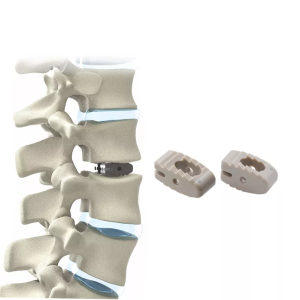
PLIF Peek Cage
Read moreWhat is PLIF Peek Cage?
PLIF (Posterior Lumbar Interbody Fusion) Peek Cage is a medical device used in spinal surgery to treat conditions such as spinal instability, spondylolisthesis, and degenerative disc disease.
It is an interbody fusion cage that is placed between the vertebral bodies of the spine after the removal of a damaged disc. The PLIF Peek Cage is made of polyether ether ketone (PEEK), a biocompatible material that provides stability and support to the spine while promoting bone growth and fusion.
-
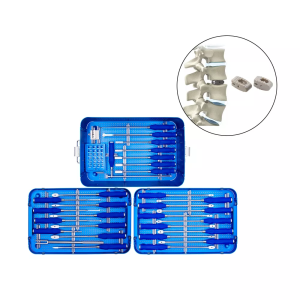
PLIF PEEK Cage & Titanium Lumbar Cage Instrument Set
Read morePLIF PEEK Cage & Titanium Lumbar Cage Instrument Set
PLIF (Posterior Lumbar Interbody Fusion) PEEK (Polyetheretherketone) Cage and Titanium Lumbar Cage Instrument Sets are surgical instruments used for the treatment of degenerative disc disease, spinal stenosis, spondylolisthesis, and other spinal conditions.
-
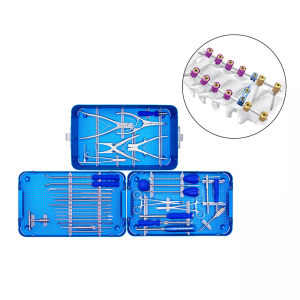
Posterior Cervical Fixation Instrument Set
Read morePosterior Cervical Fixation Instrument Set
A Posterior Cervical Fixation Instrument Set is a collection of surgical instruments that are used to stabilize and immobilize the cervical spine from the posterior approach. These sets are commonly used in surgeries that aim to address cervical fractures, dislocations, and deformities.
-
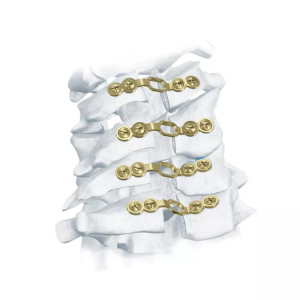
Posterior Cervical Laminoplasty System
Read moreWhat is Posterior Cervical Laminoplasty System?
Posterior cervical laminoplasty is a surgical technique used to relieve pressure on the spinal cord in the neck region.
It involves creating a hinge on one side of the vertebrae and opening up the other side like a door, which allows more room for the spinal cord to pass through.
The posterior cervical laminoplasty system consists of a set of implants and instruments that are used to perform this procedure. The system typically includes plates, screws, and other devices that are used to stabilize the vertebrae after they have been opened up.
This helps to maintain the correct alignment of the spine and prevent further compression of the spinal cord.
